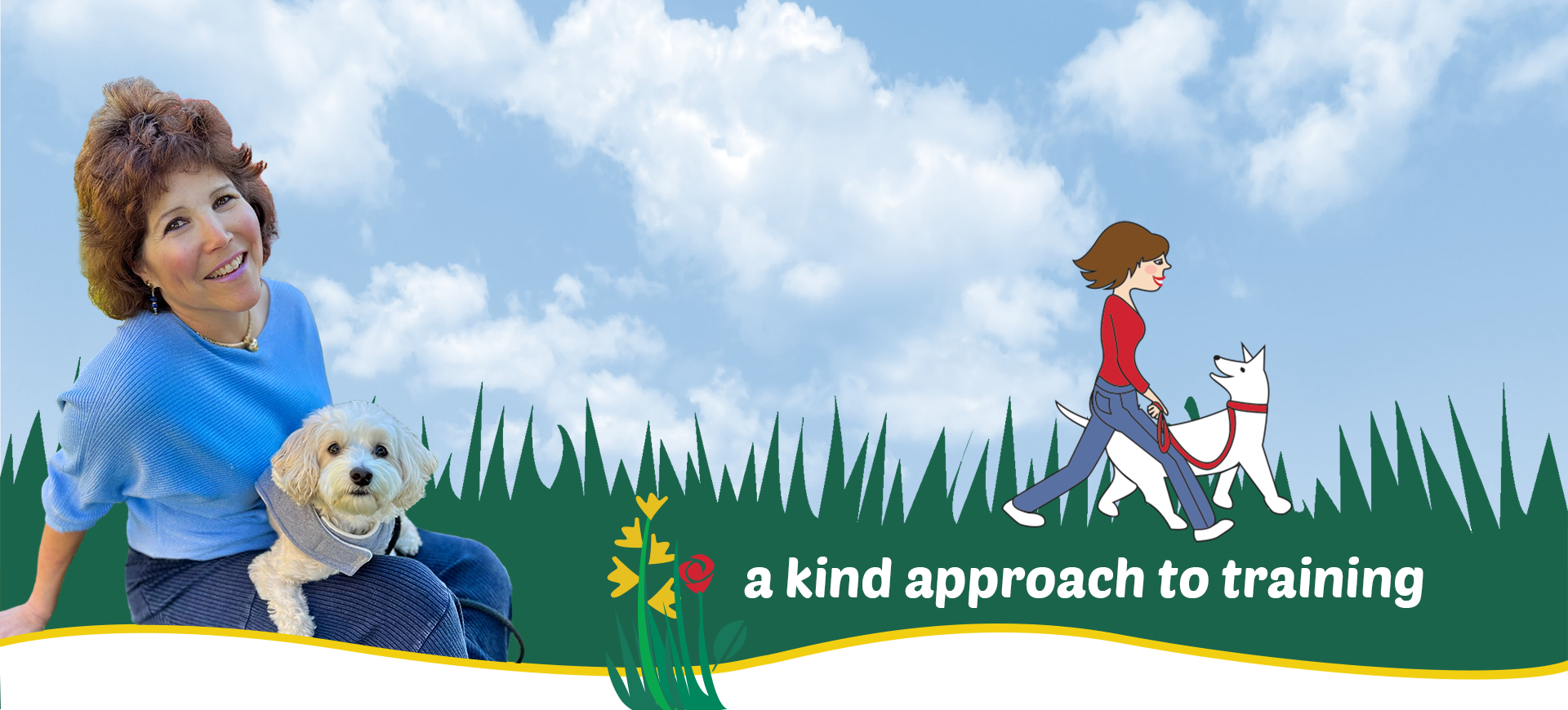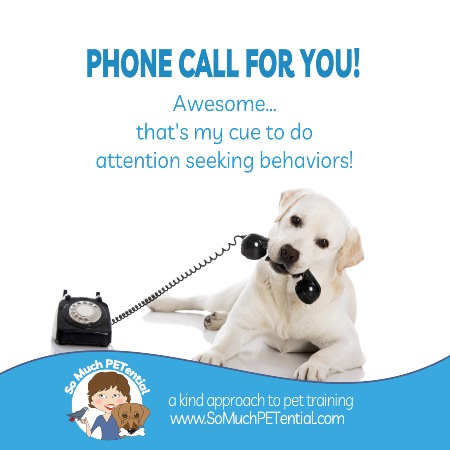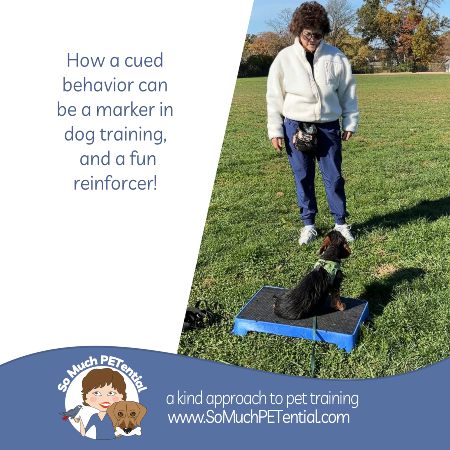Sometimes behavior can be perplexing. Fears can seem like they arise out of the blue, but there is always a reason for behavior. It may take some digging to determine what that reason is, but there is always a reason.
One beautiful recent afternoon, I was outside with my client and his dog, Oliver, working on leash skills. The lesson had  been going great. Oliver had loose body muscles and a relaxed tail, while easily following next to his handler. That all changed when it was time to come in and we got within a few feet of the front door. Suddenly, Oliver began pulling backwards. He averted eye contacted and licked his lips. He moved away from the door and to the grass where he laid down.
been going great. Oliver had loose body muscles and a relaxed tail, while easily following next to his handler. That all changed when it was time to come in and we got within a few feet of the front door. Suddenly, Oliver began pulling backwards. He averted eye contacted and licked his lips. He moved away from the door and to the grass where he laid down.
This is a dog who has walked in and out that front door many times, and many days, without hesitancy. What was different about that day and that moment? Why was Oliver suddenly displaying calming signals and avoidance behaviors when he approached? Was this a case of some strange, irrational fear?
Not at all. There absolutely was a reason.
Instead of pulling him inside against his will – which would not have changed his emotional response to the door and could have potentially caused long term fall out – we moved to the side of the house toward the garage. Oliver got up and walked with us with a loose body, so we entered the house that way and then went to figuring out what had happened.
Once inside, Oliver followed me through the kitchen and toward the hallway leading to the front door. As I got near to a new, still packaged, mattress leaning against the wall, Oliver immediately backed up.
Ah…and so the mattress, something new, different and strange, in Oliver’s familiar entranceway had caused him to show those fear-elicited behaviors.
After figuring this out, then the plan was fairly simple (for this situation anyway). At a distance where Oliver could stand without showing those behaviors, I tossed a high value treat in the opposite direction as the mattress (a double reinforcer of distance from the aversive stimulus and a high value treat). Oliver came forward a few steps more and I repeated the process. We continued this as he moved closer and closer. Quickly he was able to walk right up to it with me, and I then walked away from it with him and gave him a treat. It did not take long before Oliver was able to walk next to me with loose muscles, all the way past the mattress and then we walked back. Then did numerous repetitions to build his history of positive associations with being near the foreign object.
This process involved systematic desensitization and counter-conditioning. Classical counter-conditioning means a conditioned emotional response to an environmental stimulus is changed to an opposite response. For example, a dog’s response of elevated heart rate and escape/avoidance behaviors at the sight of a man in a black hat is replaced with relaxed body muscles while approaching the man after many repetitions of the sight of a man in a black hat is followed by a tasty piece of meat. Systematic desensitization is the gradual exposure to an emotional conditioned stimulus/trigger at a level that does not elicit the fear response.
Had we instead pulled Oliver to and through the doorway against his will, not only would we have missed the opportunity to teach him a different, positive emotional response to a fear-inducing stimulus, his emotional response could have very likely increased in intensity. Even after the mattress was gone, he could continue to show calming signals and avoidance behaviors around the door. He could even begin to generalize it to show those responses to the front porch which leads to the door or the front yard which leads to the porch, other doors, people who come through doors, or more.
The best approach is the most positive and least intrusive approach to changing behavior. And the first step is understanding why that behavior is occurring.







